- You are here:
- Home »
- Blog »
- Clean Eating »
- 5 Tips and Secrets Of Reading Food Labels for Better Health
5 Tips and Secrets Of Reading Food Labels for Better Health

Wiser food choices begin at the label. No matter what store you go into if you aren’t paying attention to the ingredient list and label on the choices you make, you may be making big mistakes and not even be aware of it.
Shopping smarter can help you make better choices whether you are in a local supermarket or a whole foods store. Without paying attention, you can make worse choices for your health in a Whole Foods store than you make in the local supermarket.
The store isn’t the key. Your active and informed awareness is.
First however, you need to know how to read those labels- what to look for and what to look out for. We’ll go over some key issues to be aware of when making your food choices.
Tip#1- Give Yourself Time to Shop
Seems like common sense but it needs to be said anyway. Sometimes we treat our food shopping like it is something to be squeezed in when we have the time. However, if you are interested in creating good health for yourself this is bad idea.
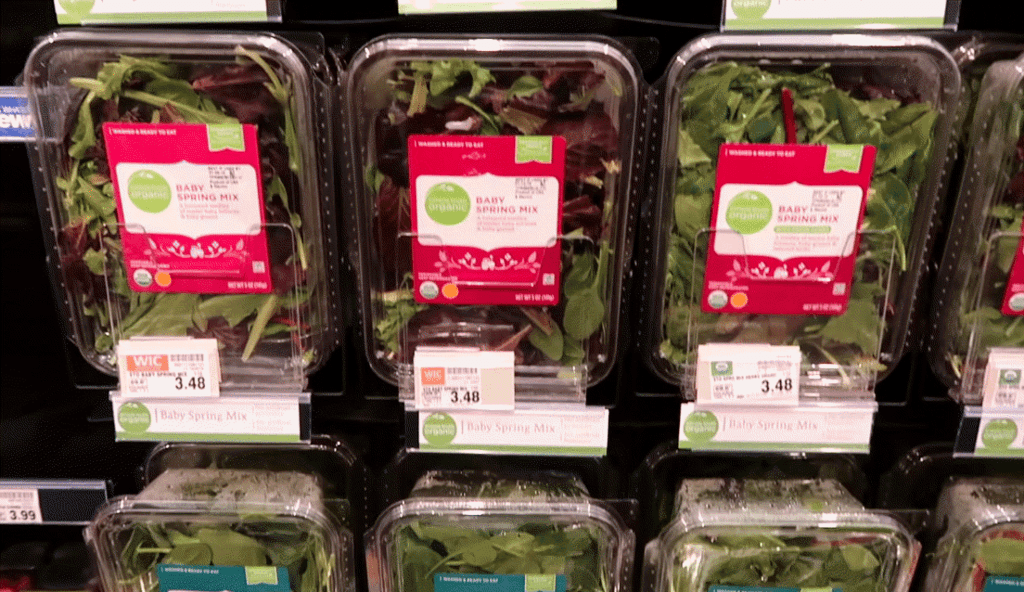
Food shopping should be done at a time when you are able to concentrate on what you are selecting.
If you are rushing through it because you have other things to do, you end up cutting corners. One of those very important corners is reading the labels which you need to do so that you can select your food quality carefully, especially if you are practicing a naturally healthy lifestyle.
Schedule your food shopping for a time that is isolated primarily for the task of food shopping.
If your week is so busy or work hours so long that this is not possible, then you need to consider the online shopping alternative. Amazon, for example, offers online shopping at Whole Foods including scheduled delivery and even 2 hour delivery in selected areas for Amazon Prime members.
Shopping online allows you to take your time, concentrate, read the labels and not be distracted by other items in the aisle, not to mention the time and gas savings as well. You can download the Whole Foods app on your phone and make the selection for online shopping from a banner on that page I believe.
Tip#2- Know the Differences Between Natural and Organic
Many natural foods shoppers think the terms natural and organic are exchangeable. They are not.
Being able to apply the term organic to a food or ingredient means that it meets comprehensive federal standards that encompass how the food is farmed and processed. There are requirements and prohibitions for both farmer and processors. ( USDA Organic labeling standards )
For example, organic foods may not be produced with most synthetic pesticides or all artificial flavors, colors, antibiotics and growth hormones.
A French study of over 70,000 participants over nearly 5 years found that the participants reduced their overall cancer diagnosis risk by 25%. Lymphoma alone was reduced 76%. Breast cancer by 34% in the study.
While there are some questions about methodology (To be expected, as this does not fit the normal funding flow narrative.), a reduction of pesticides – which organic eating generally does – is a positive benefit for anyone. Reduced disease would be a normal outcome from this choice alone, one would expect.
On the other hand, the term natural on meat and poultry has only one regulated requirement. On these products, according to the Department of Agriculture standards, it means that the product was minimally processed.
The definition of natural on the USDA site is:
A product containing no artificial ingredient or added color and is only minimally processed. Minimal processing means that the product was processed in a manner that does not fundamentally alter the product. The label must include a statement explaining the meaning of the term natural (such as “no artificial ingredients; minimally processed”)
This makes it essentially meaningless for the consumer seeking to avoid pesticide residues in feed or cage crowded chicken farming or feed lot raised beef.
Be careful about the natural vs. organic label.
The “savings” you think something labeled “natural” over something not or that labeled organic is typically also a health quality trade off. Now, you know why Perdue can make that claim on their fresh chicken labeling and get away with it.
Tip#3 – More Grain (Multi Grain) in a Product Does Not Necessarily Mean Better
Consumers think that if whole wheat is good, then more whole grains must be better. This is a misleading labeling fallacy.
All the term multi-grain really means is that there is a mixture of grains in a product. It doesn’t mean that they are organic or even whole. If you see a product labeled multi-grain which emphasizes “100% whole wheat” – check the label.
If the other grains in the product are not also labeled whole grains, they may be refined products as well.
Watch for terms like “made with whole grains” however. They may just have a spritz of whole grains in the product allowing them to make that claim on the label to make the product appear healthy.
Additionally, read the whole label. For example, General Mills Multi-Grain Cheerios contains whole grain oats, corn, millet, rice and sorghum but also contains sugar (plain old commercial sugar) and brown sugar syrup, caramel coloring, tripotassium phosphate, a variety of synthetic vitamins. Commercial salt and also mentions that the product is partially produced with genetic engineering.
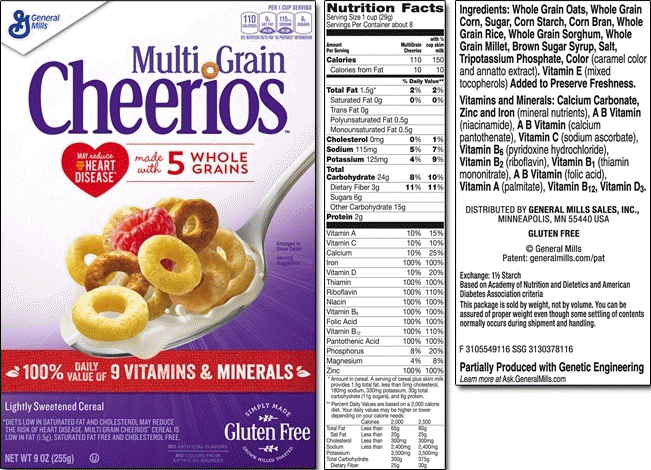
So, while it passes the whole grain test and prominently mentions “made with 5 whole grains” the other ingredients including genetically engineered products call into suspicion its full value as a healthy product. A better choice over many commercial products perhaps but not for the selective natural and organic consumer.
Tip #4 – Eggs- Free Range or Cage Free?
Charlotte Vallaeys, Senior Policy Analyst and food labeling expert at Consumer Reports, asks in a recent article: Is it better to buy free-range or cage-free chicken and eggs?
According to Charlotte, neither claim means that the chickens roam freely.
While cage free chickens are not raised in a cage, they may still be raised in a building jammed with tens of thousands of other birds with very little opportunity to roam freely and peck for their food.
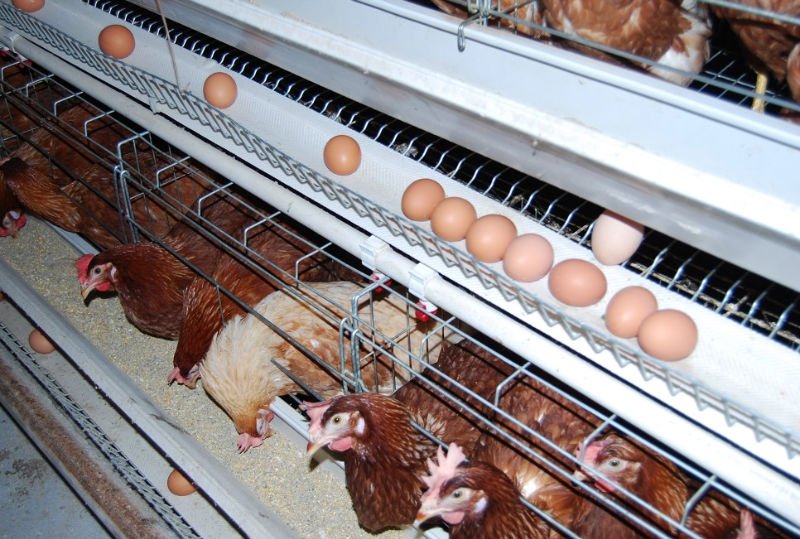
Conversely, free range birds may have access to an outdoor space, but there are no government standards for the amount of space. The producer may simply have one door to the outside, unreachable for most of the birds and be able to call the birds free range raised.
The reality is that the birds may have never set foot outside.
Vallaeys also says:
“As for “organic”, the chickens are cage free and raised on organic feed, and organic standards require outdoor access. But some certifying agencies interpret a small concrete porch to meet this requirement.”

The best way to ensure the labeling supports a truly pasture raised chicken (which is 108 square feet of vegetated space per bird) look for the pasture raised claim accompanied with the American Humane Certified or Certified Humane seal
A good cursory barometer can be appearance externally and upon cracking open the egg.
I have harvested eggs from truly free range chickens during a visit to France. The chickens were allowed to roam freely around the uncut yard and find their own food.
The eggs they laid were left all over the place and every day finding them was like a daily Easter egg hunt. What I discovered is that colors and sizes varied. Some more brown, differing shades of brown and some speckled, some not.
In other words, truly free range, organically grown eggs are not all uniform in color, shade and size.
Upon cracking them open, I also discovered that the yolks were a deep orange, not a pale yellow. They stood more erect, not flattened as in in the standard white commercial egg. The yolks are also harder to break when you crack them open being stronger and more resilient than the flat, pale yellow commercial egg yolks.
Just as importantly, they also taste better- richer and more flavorful.
Keeping these appearance and taste standards in mind will help reinforce the labeling standards. If you buy eggs that claim free range and organic and they have pale, fragile shells and yolks, they may not be labeling them honestly.
Tip# 5 – Grass Fed Beef is Better Than Feed Lot- Can You Ensure They Are Really Grass Fed?
As Consumer Reports pointed out on a post on grass fed beef, the chances of getting contaminated meat is much higher with commercially raised beef.
They note that there is a monopoly on commercial beef production. The truth is that over 80% of the beef is produced by only 4 Corporations. With very high numbers to process, cattle is slaughtered at very high rates (as high as 400 an hour) making USDA inspection difficult if not impossible.
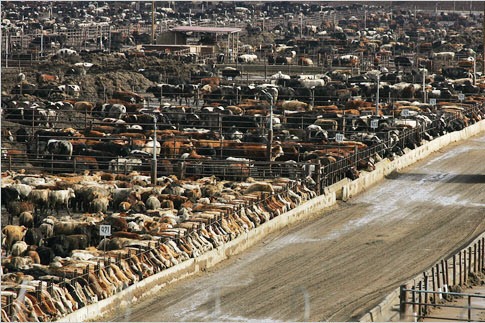
To speed up growth and add to production weight, feed lots are used to fatten cattle up growing them more like vegetables than animals. A diet of almost exclusively grains that produces excess fat in the animal but also a very acidic condition leading to sickness and infections.
The comparison below was generated by Consumer Reports in October 2015. It’s pretty obvious what the better choice of beef is.
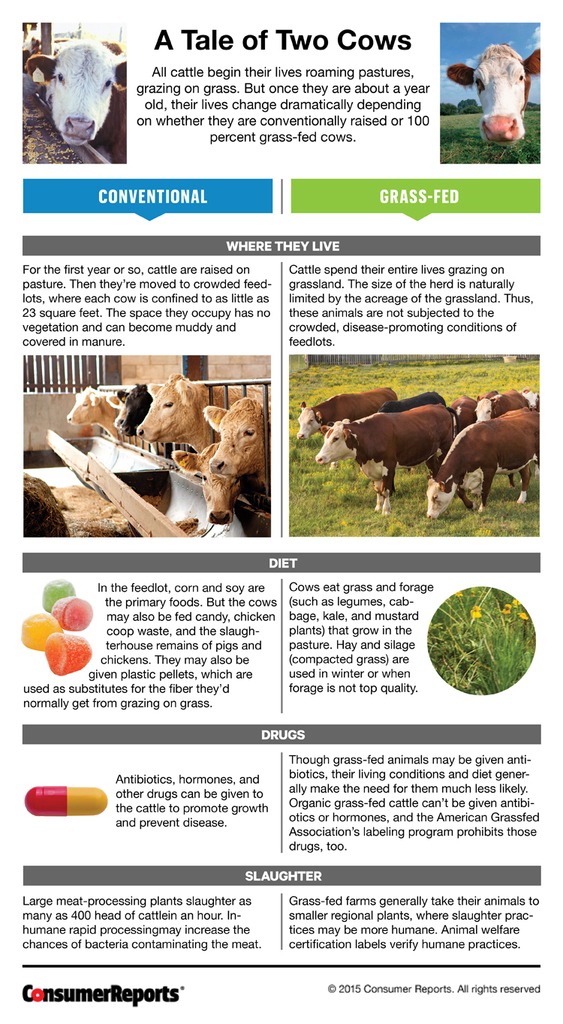
In addition to lower fat in the grass fed beef, there is also a better ratio of omega-6 vs. omega-3 fat in the meat. Too much omega-6 can cause internal inflammation which has been found to be a factor in heart disease, cancer and other illnesses. Omega-3 is anti-inflammatory and helps to balance out the omega-6 inflammatory impacts.
The problem is that under Federal standards, beef can be called organic if it gets only 30% of its daily diet from the pasture during the grazing season.
Additionally, the cattle can be fattened up at the feedlot before slaughter and still qualify as organic.
If you want truly grass fed beef, look for the American Grassfed seal; the NOFA-NY Certified Organic seal and the PCO 100% Grass Fed seal.
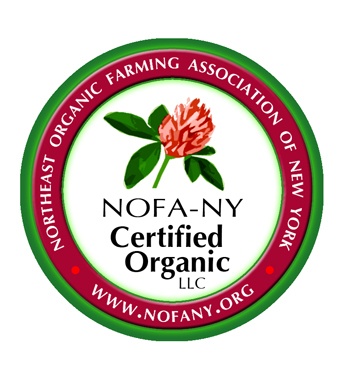
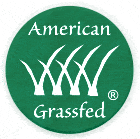
Some farmers also sell their products locally at farmers markets or from their farms at certain times which you can do some local research to discover.
These tips and secrets (because they are hidden from most consumers) are oriented towards the more conscientious, health oriented consumer- particularly those practicing a more natural, health-oriented lifestyle.
However, they can help any consumer be more intelligently selective in their food choices.
If you are just getting started, see some of the other posts on this blog such as Clean Eating – A Good Place to Start.
Related Posts
Is Holistic Oral Care a Forgotten Part of Your Natural Health Treatment Plan?
5 Reasons to Cut Back on Animal Foods
Protein – Which Is Better for Your Health – Animal or Vegetable?
The Secrets of Sugar – A Canadian Broadcast Presentation
Free Survival Nutrition Course – 8 Hours Plus PDF
Wall Street Journal Investigation Finds Dumpster Trash Food and Supplements Being Sold as New
Tackling Obesity Begins with Awareness and Ends with Action
Think Junk Food Can’t Lead to Health Issues? UK: Teenager Goes Blind After a Limited Diet of French Fries, Pringles, White Bread, Ham and Sausage

